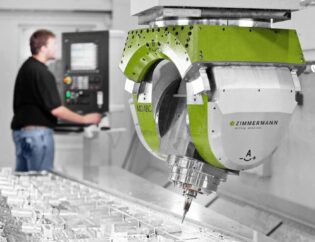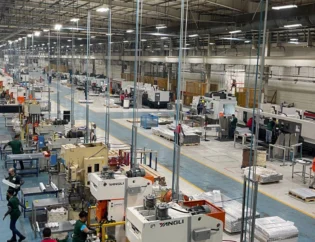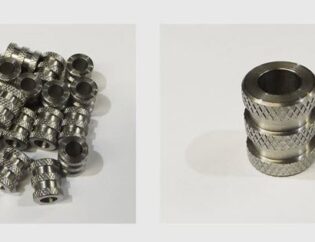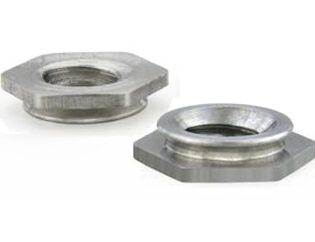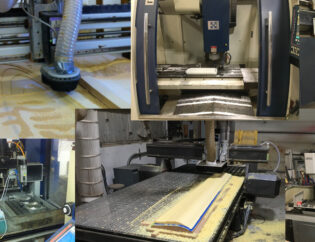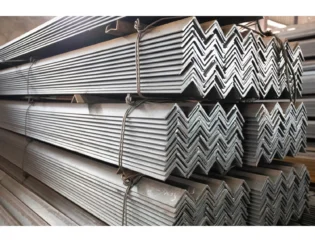In the world of software development, the concept of print prototypes plays a crucial role in bridging the gap between design and functionality. This guide delves into the intricacies of print prototypes, emphasizing their significance in creating user-friendly interfaces and enhancing user experience.
Readers can expect to learn about the various types of print prototypes, their applications, and best practices for effective implementation. By the end of this guide, you will have a comprehensive understanding of how to leverage print prototypes to streamline your design process and improve project outcomes.
A Comprehensive Guide to Rapid Prototyping and 3D Printing
Rapid prototyping is a product development method that utilizes advanced manufacturing technologies to quickly produce multiple iterations of a component for testing and evaluation. This approach allows designers and engineers to create prototypes rapidly, enabling hands-on reviews and adjustments before final production. With the rise of 3D printing, rapid prototyping has become more accessible and efficient, making it a preferred choice for many industries.
Technical Features of Rapid Prototyping
Rapid prototyping encompasses various technologies, each with unique features. Below is a comparison of the most common rapid prototyping methods:
| Feature | FDM (Fused Deposition Modeling) | SLA (Stereolithography) | SLS (Selective Laser Sintering) | DMLS (Direct Metal Laser Sintering) | PolyJet |
|---|---|---|---|---|---|
| Material Types | Thermoplastics (ABS, PLA, etc.) | Photopolymer resins | Nylon, TPU, and other powders | Metals (Aluminum, Titanium, etc.) | Photopolymers |
| Layer Thickness | 0.1 – 0.5 mm | 0.025 – 0.1 mm | 0.1 – 0.2 mm | 0.02 – 0.1 mm | 0.016 – 0.1 mm |
| Surface Finish | Moderate (visible layer lines) | Excellent (smooth finish) | Good (slightly grainy) | Excellent (dense and strong) | Excellent (high detail) |
| Speed | Moderate | Fast | Fast | Moderate to slow | Fast |
| Cost | Low to moderate | Moderate to high | Moderate to high | High | Moderate to high |
| Applications | Prototyping, tooling | Aesthetic models, fit testing | Functional parts, complex geometries | Aerospace, automotive, medical | Multi-material parts |
Types of Rapid Prototyping Technologies
Different rapid prototyping technologies serve various purposes and industries. Here’s a comparison of the most popular types:
| Technology | Description | Best For |
|---|---|---|
| FDM | Uses thermoplastic filaments to build parts layer by layer. | Functional prototypes, low-cost parts |
| SLA | Utilizes UV light to cure liquid resin into solid parts. | High-detail models, aesthetic prototypes |
| SLS | Employs a laser to sinter powdered material into solid structures. | Functional prototypes, complex designs |
| DMLS | Uses a laser to fuse metal powder into dense parts. | Metal prototypes, aerospace components |
| PolyJet | Sprays photopolymer materials to create parts with fine details and multiple materials. | Multi-material prototypes, high-detail models |
Insights into Rapid Prototyping
Rapid prototyping is revolutionizing product development across various industries, including automotive, aerospace, medical, and consumer goods. Companies like Protolabs and Xometry offer extensive services that cater to the needs of engineers and designers looking for quick and efficient prototyping solutions.
Benefits of Rapid Prototyping
- Speed: Rapid prototyping significantly reduces the time from concept to physical product. Prototypes can be produced in days, allowing for quick iterations.
- Cost-Effectiveness: By minimizing material waste and reducing the need for expensive tooling, rapid prototyping lowers overall production costs.
- Design Flexibility: Designers can easily modify prototypes based on feedback, leading to better final products.
- Enhanced Collaboration: Physical prototypes facilitate better communication among team members and stakeholders, improving decision-making.
Applications of Rapid Prototyping
Rapid prototyping is widely used in various sectors:
– Automotive: For testing new parts and designs before mass production.
– Aerospace: To create lightweight components that meet stringent safety standards.
– Medical: For developing custom implants and surgical tools.
– Consumer Goods: To quickly bring new products to market.
Companies like Print N Prototype specialize in providing affordable 3D printing and prototyping services, making it easier for startups and small businesses to access these technologies.
Conclusion
Rapid prototyping is a game-changer in product development, offering speed, cost savings, and flexibility. With advancements in 3D printing technologies, businesses can innovate faster and more efficiently than ever before. Whether you are in the automotive, aerospace, or medical field, leveraging rapid prototyping can significantly enhance your product development process.
FAQs
1. What is rapid prototyping?
Rapid prototyping is a method of quickly creating physical models of a product using various manufacturing technologies, primarily 3D printing.
2. How long does it take to create a prototype?
Depending on the technology used, prototypes can be created in as little as one day to a few weeks.
3. What materials are commonly used in rapid prototyping?
Common materials include thermoplastics, photopolymers, and metal powders, depending on the chosen technology.
4. How does rapid prototyping reduce costs?
It minimizes material waste and eliminates the need for expensive tooling, allowing for more efficient production.
5. Can rapid prototyping be used for mass production?
While primarily used for prototyping, some technologies can be adapted for low-volume production runs.



